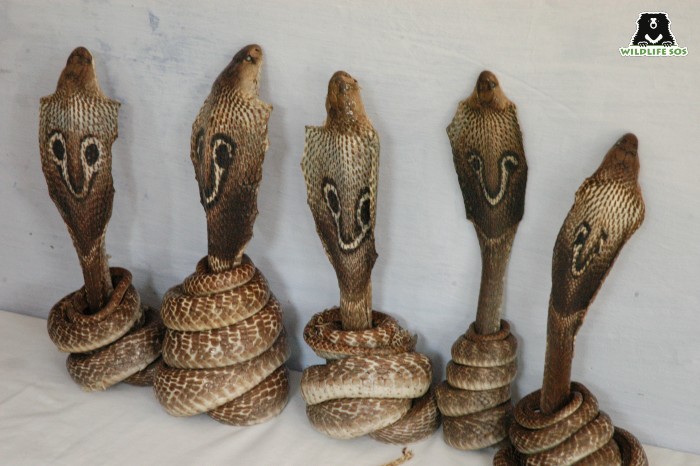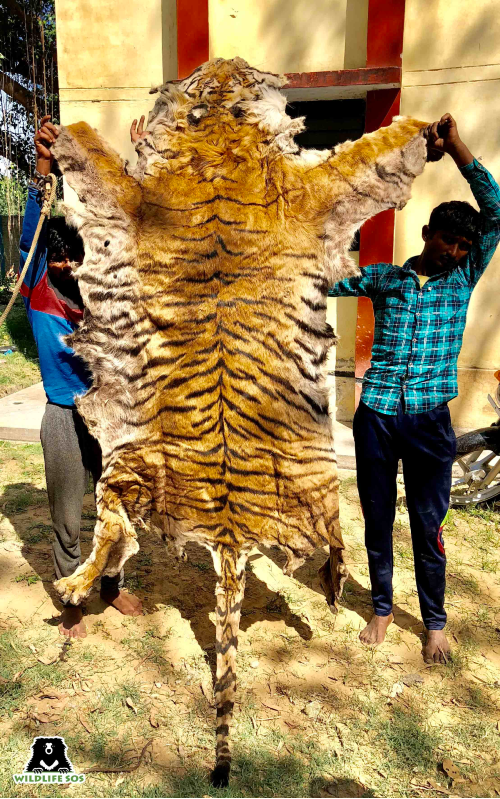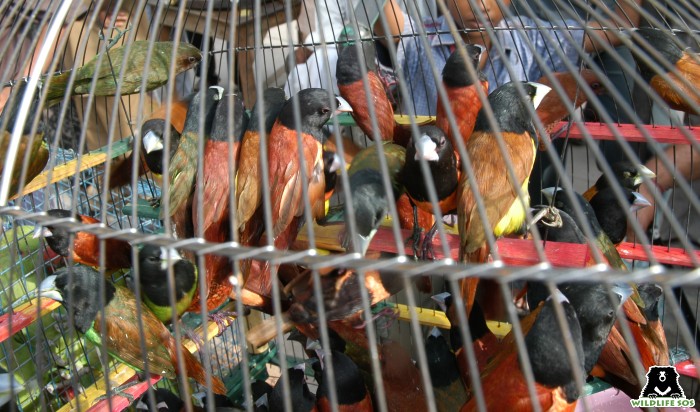The fashion industry is a highly popular and influential industry that has its grasp deep in our minds and is capable of swaying public standards and norms. Though haute couture and high fashion brands aren’t something that everyone can afford, these set a bar for the “ideal” – an unachievable aesthetic; available only to niche and affluent consumers. Behind the veil of aesthetics and beauty, the fashion industry is built on a long history of animal abuse, pollution and exploitation of the poor. From fur to crocodile skin, various inhumane products are a part of what makes high fashion “unattainable”.
So why is high fashion turning crocodiles into handbags or snakes into belts? Perhaps it has something to do with the evolution of the idea of “luxury” and an attempt to enhance one’s prestige. In an era where the traditional ideas of luxury are now more accessible, there are invariable attempts to seek more exotic avenues. The animal kingdom is one such avenue that is most frequently encroached upon in this attempt.

Innocent animals continue to fall prey to poaching as people all over the world channel their inner Cruella de Vil in their unquenchable quest for fur and wildlife contraband. Though various products like fur and leather are widely used within the fashion industry, their consequences are often not discussed. In an attempt to increase one’s prestige, people will spend egregious amounts of money on wildlife products.
Poaching of endangered animals doesn’t occur as an isolated incident; but rather as an organized crime. This is due to a huge demand for wildlife contraband in the international market. Poachers do not simply skin tigers out of some innate sadistic desire but because there is someone very rich and powerful out there who’s willing to spend a lot of money for a fancy rug. Musk deer are poached because the animal’s natural secretions are highly coveted in perfumery.
Brands that use products like leather, fur, angora and other exotic animal products claim that they use “ethical” methods of obtaining their products. However, if these “ethical” methods involve a dead animal turned into a coat as the end result, it probably isn’t as morally correct as they claim.

In most countries, the “accepted” methods of culling these animals involve gassing them with carbon monoxide and anal electrocution that causes them to go into painful cardiac arrest. Animals are often force-fed excessive food, thrust into overcrowded cages, painfully branded, and forced to watch their cell-mates being killed in front of them while they await their inevitable demise. Leather industries are often built on the trauma of young calves that are torn away from their mothers, brutally branded by hot iron and electrocuted to death in a painful manner. As much as brands tout their idea of providing “humane” deaths to animals, we can safely assume that if an animal is raised in a slaughterhouse and forced to watch its inmates die on a daily basis, then no death it receives can be called “humane”. If these brands were to stand true to these “humane” ideals that they so proudly promulgate to the media, they wouldn’t be killing animals for vanity in the first place.
Brands like Louis Vuitton and Gucci have a lot of sway over the opinions of the general public. Hence, they should have a certain responsibility about the kind of practices they project to their viewers. In this day and age where it is more “trendy” to be sustainable, we can leave behind archaic practices such as the culling of animals for fashion.

Brands that murder animals to turn them into fashion accessories cannot justify their actions as anything other than greed for money. In an article by the New York Post, reptiles can be seen scurrying for their lives as factory workers knife them and bludgeon them to death in scenes that come straight out of nightmares. More often than not, brands prefer to deflect claims of animal abuse and remain reluctant to change their practices because switching to greener and more environmentally friendly methods takes a lot of work.

Is it perhaps that the market is so competitive that brands have to sell animal carcasses at absurd prices to be able to generate demand for their products? Are brands nowadays selling mediocre-looking items made from exotic animals due to their inability to design tasteful and stylish products? It is perhaps because they have capitalized their entire brand on animal products and do not have a unique selling point that they are unwilling to make the shift to sustainable methods? This is simply some food for thought for the producers and consumers of these products to ponder over.
When claims are raised regarding the use of fur by many companies, a lot of them hide behind the argument that animal fur lasts longer than synthetic fur and is hence less polluting. These arguments have been countered by activists who highlight the fact that if you consider the number of resources that go into killing such a large number of animals, skinning them, and then processing their fur using various chemicals, it actually pollutes the environment a lot more than synthetic fur.

Of course, the high fashion society is not the only one to blame for the exploitation of animals. As people have become more aware of the cruelty within the fashion industry, they are increasingly demanding to know where their products come from and whether it is ethically sourced. To appease them, a lot of brands put on a front of “sustainability” and claim to be cruelty-free while continuing to kill animals for their cause.
Despite all their virtue signalling, brands continue to use wild animals as props in their photoshoots. This is a topic that is often not properly explored and written about. In a recent Gucci photoshoot on the occasion of ‘The Year of the Tiger’, the brand used real tigers on set and immediately invited backlash from netizens. Selling this idea of luxury as being synonymous with captive wildlife encourages people to exploit animals like elephants, tigers etc for tourist photography.
Of course, to some extent, people’s fascination with wild animals is understandable. They are regal, majestic creatures that attract people and hence, it is impossible to eradicate their presence from advertisements and photoshoots. However, in a time where special effects and animations have progressed to such a huge extent, there is no need to bring live animals to the set and film them in an artificial surrounding. Instead, people can focus on hiring good artists, animators and graphic designers and generating income for them, rather than subjugating animals. After all, the beauty and regal nature of these wild animals can best be seen in nature, and not on a set where they would be under immense stress.

This century is one where we can increasingly see a sustainable lifestyle being promoted, and luxury brands can certainly jump on this trend by putting in the work. Sustainable fashion is something that doesn’t exploit animals, the environment or the people behind the creation of the final products. Nowadays, more and more people are curious to know where their products come from. Yet, many brands are failing to make their production process more transparent.
The health of the workers in the factories where these animals are turned into designer belts is never mentioned. Often, a lot of these slaughterhouses and tanneries are located in poorer countries where cheap labour is readily available. Hence, the companies can get away with paying their workers below minimum wage and deny their connection to these factories through sugar-coated press releases.

The psychological trauma of workers who have to kill these animals on a daily basis is too insignificant of a topic for the stakeholders of high fashion brands to care about. After all, they are too busy pricing their forgettable looking crocodile skin handbags at tens of thousands of dollars, to care about the plight of workers living in low and middle-income countries
The matter of animal abuse in the fashion industry is too vast to cover in a single article. From tanneries that pollute millions of liters of water to animals that die in slaughterhouses from anal electrocution, to the variety of corrosive chemicals used in processing animal products and celebrity endorsement of questionable products – there are various issues that need to be addressed to prevent the abuse of animals for our vanity.
We urge all our supporters to sign Wildlife SOS’ petition here and take action against the sale and trade of elephant skins in the fashion industry!





